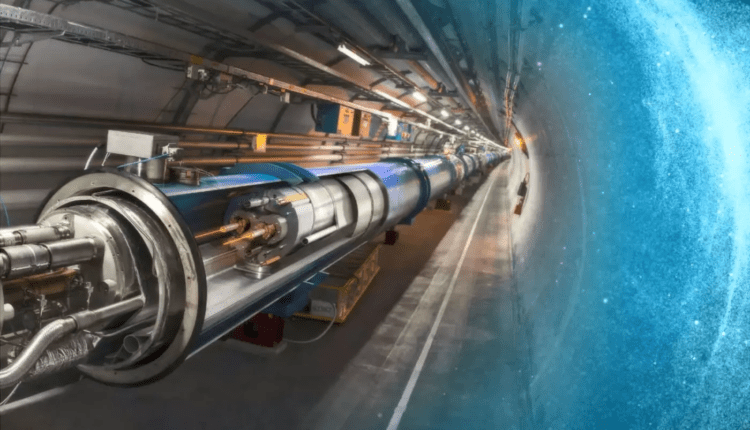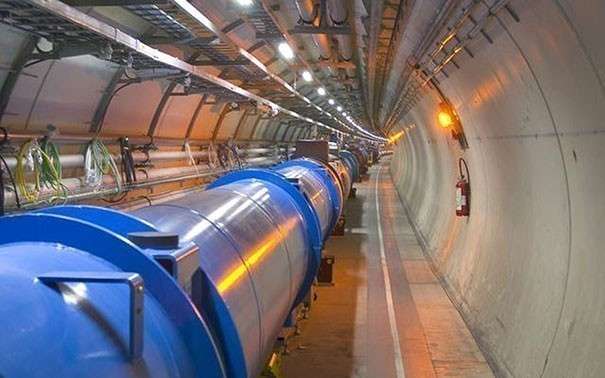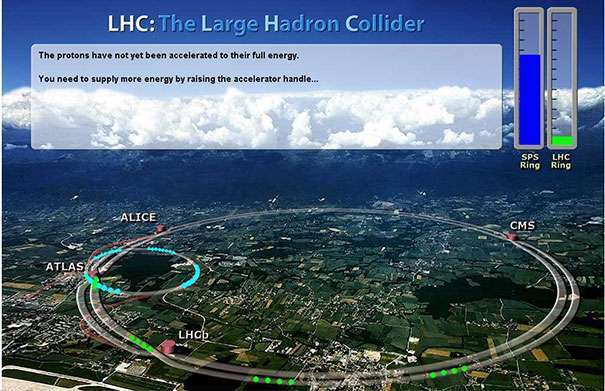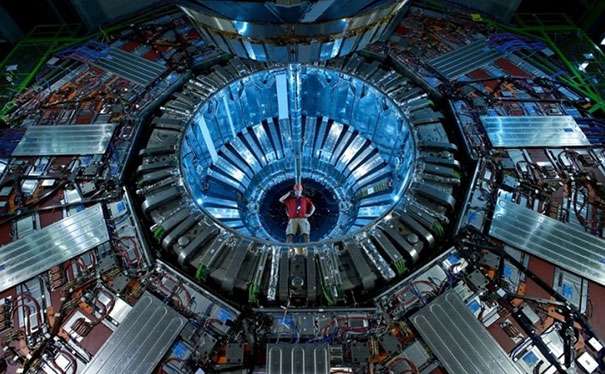Almost every person on the planet knows what a hadron collider is. Its creation, as well as the discoveries that have already been made at the moment, are called in the scientific world an incredible leap towards the future. By its structure, it represents a complex particle accelerator. Thanks to collider technology, scientists are able to accelerate protons and heavy ions. Initially, the Large Hadron Collider was created to confirm the Higgs boson. Although further work and restructuring of the collider technology itself already make it possible to find other particles. This is the main answer to the question of why the hadron collider is needed.
The world’s first Large Hadron Collider
The world’s first collider, which was called the "Big", was built at CERN and is located on the border of France and Switzerland. It is deservedly considered the largest and most advanced experimental facility of all that exist in the world at the moment. Moreover, after he successfully coped with his task, scientists modify the design and principles of work, adapting it to search for other matters. It should be noted that more than 10 thousand scientists and engineers from 100 countries of the world participated in the creation, design and development of the collider.
The name “Big" was given to the device precisely because of its size. The total length of the main accelerator ring is approximately 26.5 km. The collider itself accelerates heavy particles, that is, hadrons. With the help of Hadron Collider technology, on July 4, 2012, scientists managed to find a particle. A year later, they managed to get confirmation that it is the Higgs boson. This postulate was first introduced by the British physicist Peter Higgs back in 1964, but only at the beginning of the second decade of the 21st century did scientists manage to find direct confirmation of it. The found particle was also called the "particle of God", although the first version of the name was called the "damn particle", but for certain reasons it was not allowed by the editors. This discovery made it possible to complete the Standard Model and give birth to many new theories.
What is the Hadron Collider for?
It is unlikely that most people will be able to fully understand what the hadron collider is and what it is for. Nevertheless, it is quite easy to understand why such a device is needed and what horizons it can open not only for the scientific world, but also for changing the development of civilization as a whole. With a particle accelerator, scientists can go deeper into matter than ever before. This allows us to confirm existing ones and create completely new theories, which, of course, affect the quality of human life in general. The study of particles has already greatly influenced the knowledge and understanding of the scientific world today. All this allows you to get much closer to understanding the structure of the Universe.
Video about why you need a hadron collider
Also, the LHC and the research that is carried out with its help can shed light on how the Universe was born. Thanks to this, scientists hope to both confirm and disprove the Big Bang Theory. In general, the creation of the Large Hadron Collider made it possible to delve into the microcosm to a large extent. According to some reports, in the future, the LHC may discover completely new space-time theories and properties. Some scientists are already creating concepts and theories that bring closer to the understanding of time and allow us to consider traveling through time space not like a science fiction movie. Naturally, it may take decades to confirm many discoveries and conceptual theories, but most scientists argue that the LHC is the right step in their development and discovery.
Where is the hadron collider located?
Although the object is considered classified, most people are still interested in where the hadron collider is located. One of the reasons is also fears and negative theories about what destructive consequences can be realized due to experiments. The world’s first collider was created on the territory of the European Organization for Nuclear Research (CERN). Scientists from all over the world took part in the creation of the collider, therefore it cannot be 100% considered the property of a particular country or organization.
History of the Hadron Collider:
- The first tests of the LHC were carried out in August 2008, and the launch itself took place on September 10. Although the device was successfully launched, nevertheless, an accident soon occurred, and it took a year to repair and eliminate it.
- The LHC was launched again on November 20, 2009, and on December 9, a collision of proton beams at a record energy was recorded. In subsequent years, the experiments gave more and more clear results, improving the previous results in collisions.
- In 2013, it was decided to stop the work of the collider for technical modifications and updates.
- In April 2015, the work was restored, and thanks to successful experiments on July 14, a class of particles was discovered, which is known as pentaquarks.
Is there a hadron collider in Russia?
Few people know, but the first particle accelerator could appear in the USSR. The hadron collider in Russia, or rather the proton accelerator, has been developed in Protvino since 1983. However, due to funding difficulties, the project was eventually frozen.
Despite this, the success in the development of science and the broad prospects that open up the research of matter in the collider forced Russia to reconsider its opinion and return to the idea of building its own accelerator. According to scientists, this will open up new sources of energy and even bring humanity closer to finding a cure for cancer. According to initial estimates, the project has already been valued at 16 billion rubles. The construction of the "Little Brother" collider, which is located at CERN, has not yet been completed, although much work has already been done. According to the available information, the scientists working on the project faced problems of an exclusively financial nature, therefore the fate and success of the Big Brother analogue will depend only on this aspect.
So far, it is difficult to say where the hadron collider is located in Russia, since the Protvino accelerator, despite the resumption of work, has not even reached the initial design stage yet. The device, which is already being fully built in Novosibirsk, has also not been brought to the final launch due to funding problems. However, the completion of all work at the Novosibirsk Institute of Nuclear Physics. Budker may be completed as early as 2017.
Even before the first launch, there were many theories that the collider is a potentially dangerous device and could lead to an explosion that would destroy all of humanity and the planet as a whole. For many years, not only scientists, but also ordinary people constantly discussed what would happen if the hadron collider exploded. Some reputable scientists have stated that as a result of the creation of a black hole, the entire planet could disappear. Successful experiments and the results of the LHC confirmed that such theories remained nothing more than a children’s horror story that had no scientific justification and was more of a PR subject than a real voicing of the problem.
However, one of the most recognizable and respected scientists of our time, Stephen Hawking, said that the experiments and discovery of the Higgs boson could be dangerous for humanity. Naturally, we are not talking about any explosion, but the famous physicist fears that the boson itself is capable of causing the disappearance of such concepts as space and time. According to Hawking, the Higgs boson is an extremely unstable material, which, as a result of a certain set of circumstances, can lead to the collapse of the vacuum. It is also worth clarifying that the principle of operation of the hadron collider does not yet allow talking about this, and the scientist himself explains that the theory can be confirmed only in the case of a planetary-scale collider.
Video about the principle of operation of the hadron collider
According to Hawking, due to the dangerous potential of the found particle, the entire universe is capable of instantly moving into a different physical state. The resulting instability of matter can become a certain bridge between false and true vacuum. In general, the hypothesis itself is based on the theory of vacuum decay, which implies its division into two types. She explains that the current state of the universe is just in a false vacuum, which is stable. But until a collider of the right size is built, it is hardly worth worrying about the consequences of a theory that was described by one of the smartest people on the planet.



